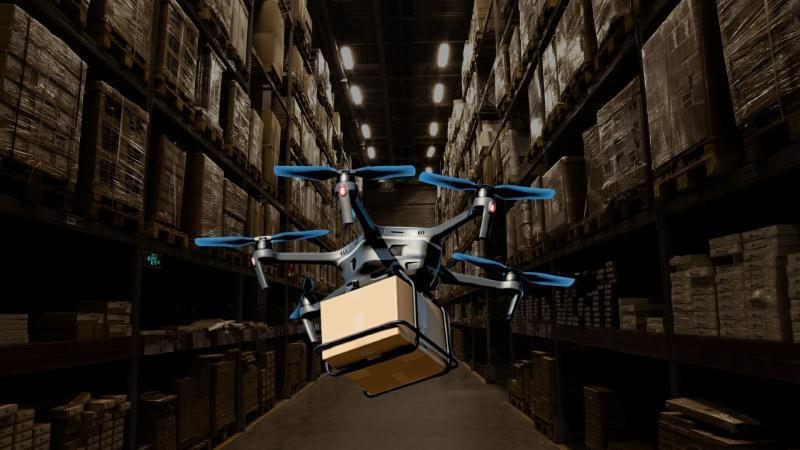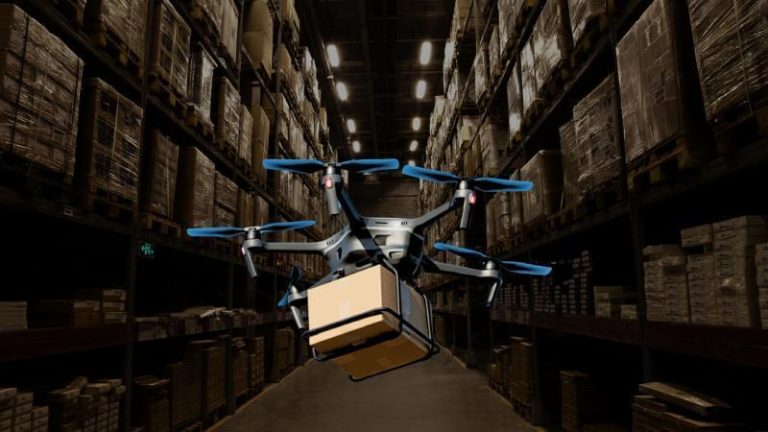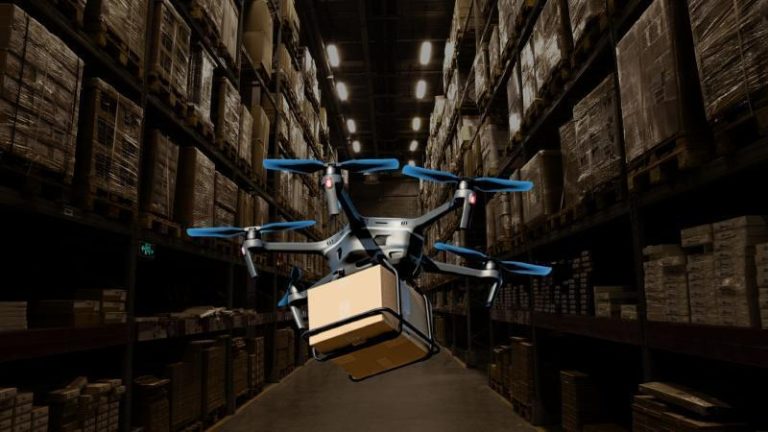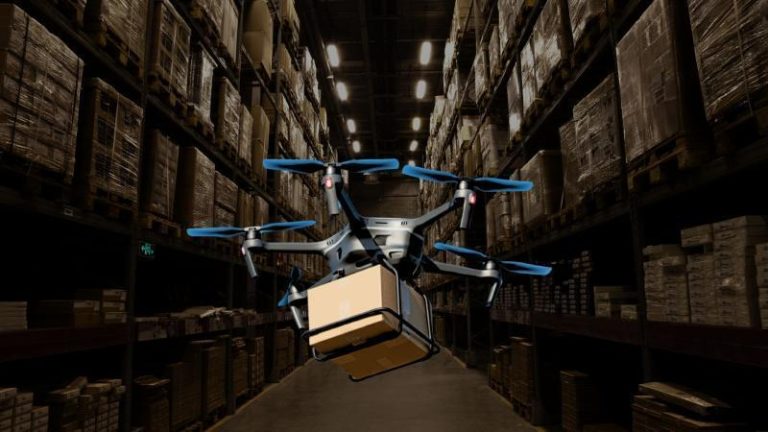
New Tech Optimizes Drone Fleets for Faster, Greener Deliveries
The buzz around drone deliveries has been growing, with many companies investing heavily in the technology to revolutionize the way we receive our packages. However, one major challenge has been holding back the widespread adoption of drone-based logistics: the Drone Warehouse Problem. This refers to the difficulty of efficiently managing a fleet of drones, ensuring that they are deployed and returned to their warehouses in a timely manner, while also minimizing costs and environmental impact.
Researchers have now developed a novel algorithm that tackles this problem head-on, allowing warehouses to optimize their drone delivery schedules for faster, greener deliveries.
The Drone Warehouse Problem: A Major Logistics Challenge
As the demand for drone-based delivery services grows, warehouses are facing the challenge of managing a fleet of drones, each with its own unique performance characteristics, such as speed, range, and payload capacity. This requires a complex optimization problem, where the warehouse must determine the most efficient route for each drone, taking into account factors such as traffic patterns, weather conditions, and the location of packages to be delivered.
The current approach to managing drone fleets is often manual and time-consuming, relying on human operators to plan and monitor drone routes. This not only increases costs but also delays delivery times, as drones may be stuck in traffic or waiting for human intervention.
The Novel Algorithm: A Solution to the Drone Warehouse Problem
The new algorithm, developed by researchers at [University/Research Institution], uses machine learning and optimization techniques to solve the Drone Warehouse Problem. By leveraging real-time data on drone performance, traffic patterns, and package locations, the algorithm can optimize drone routes and schedules to ensure faster and more efficient deliveries.
The algorithm works by first clustering packages by location and priority, and then assigning drones to each cluster based on their performance characteristics. The algorithm then uses a genetic algorithm to search for the optimal route for each drone, taking into account factors such as traffic patterns, weather conditions, and the location of packages to be delivered.
Benefits of the Novel Algorithm
The benefits of this novel algorithm are numerous. By optimizing drone routes and schedules, warehouses can reduce delivery times by up to 30%, while also minimizing costs and environmental impact. The algorithm also allows warehouses to better manage their drone fleet, reducing the need for human intervention and increasing overall efficiency.
Moreover, the algorithm can be integrated with existing logistics systems, making it a practical solution for companies looking to scale their drone-based delivery operations. As the demand for drone-based delivery services continues to grow, this algorithm will play a critical role in ensuring that warehouses can efficiently manage their drone fleets and meet customer demands for fast and sustainable delivery.
The Future of Drone-Based Delivery
The development of this novel algorithm is a significant step forward in the development of drone-based delivery solutions. As the technology continues to evolve, we can expect to see more efficient and sustainable delivery solutions emerge.
In the near term, we can expect to see more companies adopting drone-based delivery solutions, particularly in areas where traditional delivery methods are less efficient or effective. As the technology continues to improve, we can expect to see drone-based delivery solutions become more widespread, with a focus on sustainability and efficiency.
Conclusion
The Drone Warehouse Problem is a major logistics challenge that has been holding back the widespread adoption of drone-based delivery services. The novel algorithm developed by researchers at [University/Research Institution] offers a practical solution to this problem, allowing warehouses to optimize their drone delivery schedules for faster, greener deliveries.
As the demand for drone-based delivery services continues to grow, this algorithm will play a critical role in ensuring that warehouses can efficiently manage their drone fleets and meet customer demands for fast and sustainable delivery. With its potential to reduce delivery times and environmental impact, this algorithm is a significant step forward in the development of drone-based delivery solutions.
Source:
https://researchmatters.in/news/novel-algorithm-tackles-drone-warehouse-problem-faster-deliveries





